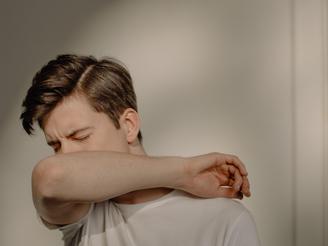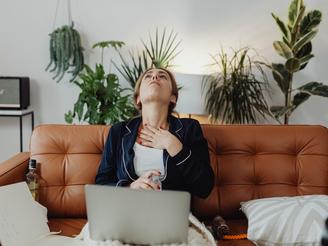10 Treatments for Sleep Apnea
Sleep apnea is a common sleep disorder characterized by repeated interruptions in breathing during sleep. These interruptions can lead to poor sleep quality, daytime sleepiness, and an increased risk of various health problems. Fortunately, there are several treatments available to help manage sleep apnea and improve overall health. This article will explore 10 treatments for sleep apnea, ranging from lifestyle changes to medical devices and surgical options.
Lifestyle Changes
Making certain lifestyle changes can help alleviate sleep apnea symptoms. Losing weight, avoiding alcohol and sedatives, and quitting smoking can all improve sleep apnea in some individuals[[1]]. Regular exercise and maintaining a consistent sleep schedule can also contribute to better sleep quality.

Advertisement
Positional Therapy
For some people, sleep apnea is worse when sleeping on their back. Positional therapy involves using pillows or other devices to encourage side sleeping, which can help reduce the severity of sleep apnea[[2]].
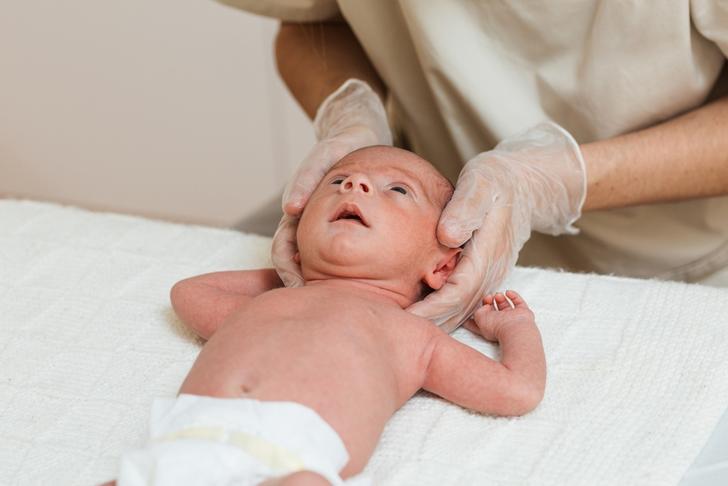
Advertisement
Continuous Positive Airway Pressure (CPAP)
CPAP is the most common and effective treatment for moderate to severe sleep apnea[[3]]. It involves wearing a mask over the nose and/or mouth during sleep, which delivers a continuous flow of air to keep the airway open and prevent apneas.
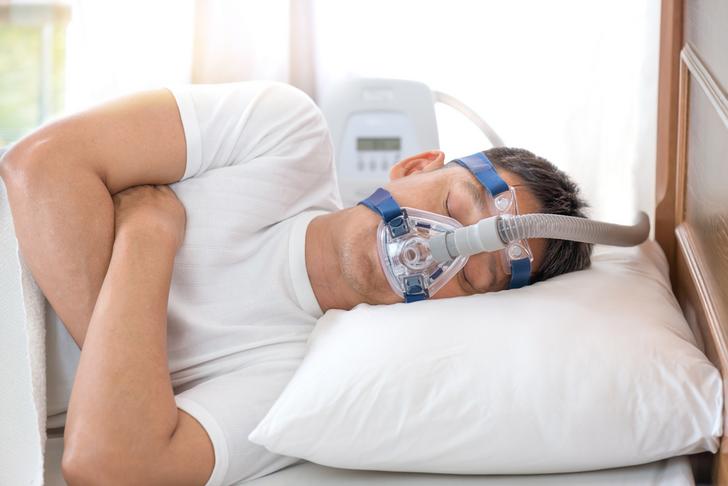
Advertisement
Bilevel Positive Airway Pressure (BiPAP)
Similar to CPAP, BiPAP provides two levels of air pressure: a higher pressure during inhalation and a lower pressure during exhalation. This can make it more comfortable for some individuals, particularly those with difficulty exhaling against the continuous pressure of a CPAP machine[[2]].
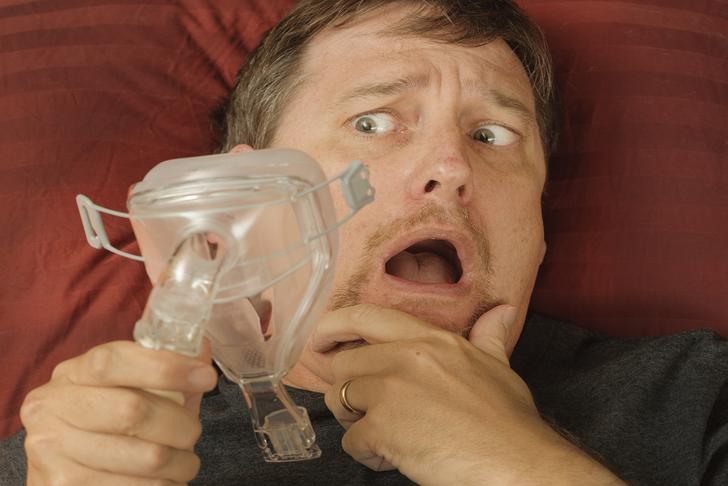
Advertisement
Oral Appliances
Oral appliances are custom-made devices that fit in the mouth and help keep the airway open during sleep. They work by repositioning the lower jaw and tongue, and can be an effective alternative to CPAP for some individuals with mild to moderate sleep apnea[[4]].
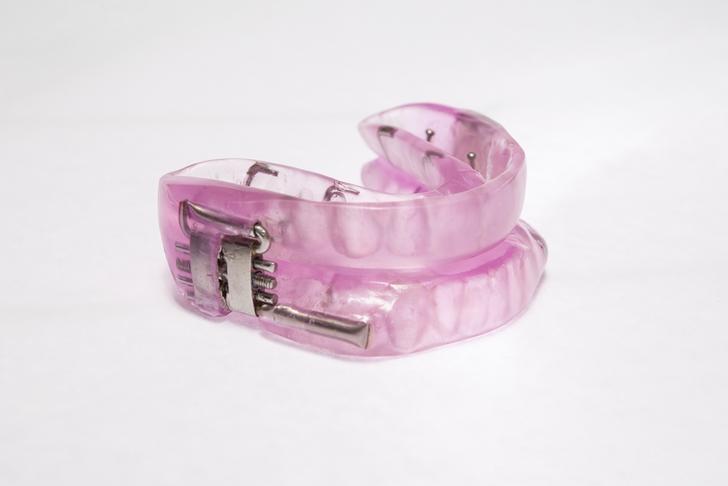
Advertisement
Nasal Devices
Nasal devices, such as nasal strips or nasal dilators, can help improve airflow through the nose and may be beneficial for individuals with mild sleep apnea or snoring[[2]].
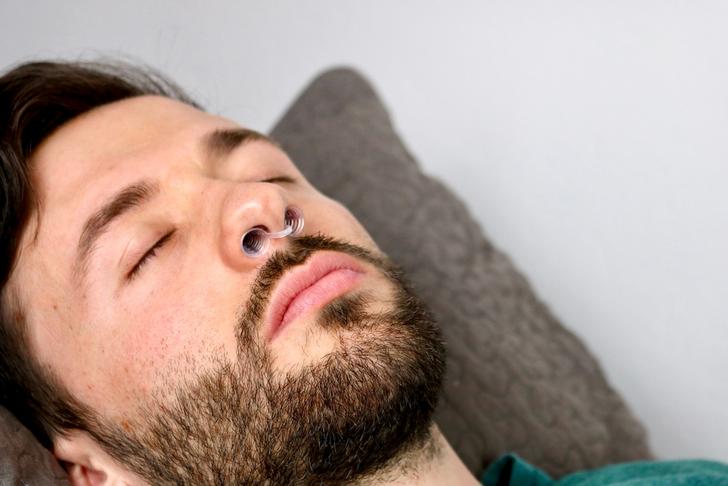
Advertisement
Adaptive Servo-Ventilation (ASV)
ASV is a newer form of positive airway pressure therapy that continuously adjusts the amount of air pressure delivered based on the individual’s breathing patterns. It can be particularly helpful for individuals with complex sleep apnea, which is a combination of obstructive and central sleep apnea[[2]].
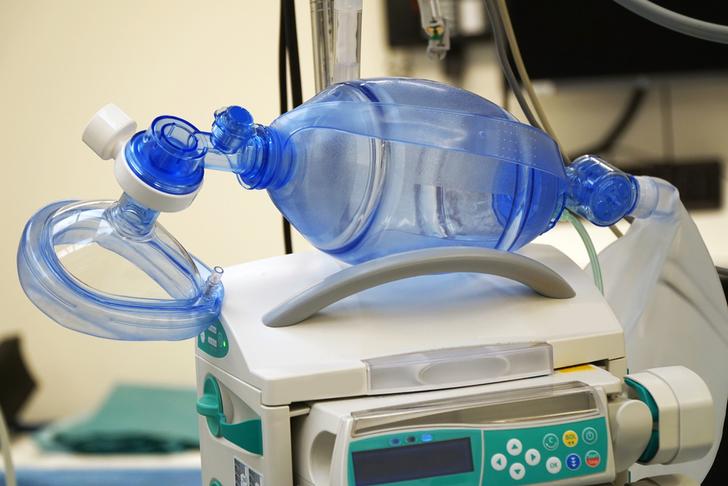
Advertisement
Hypoglossal Nerve Stimulation
Hypoglossal nerve stimulation is a relatively new treatment option that involves implanting a device under the skin of the chest. The device stimulates the hypoglossal nerve, which controls tongue movement, to help keep the airway open during sleep[[2]].
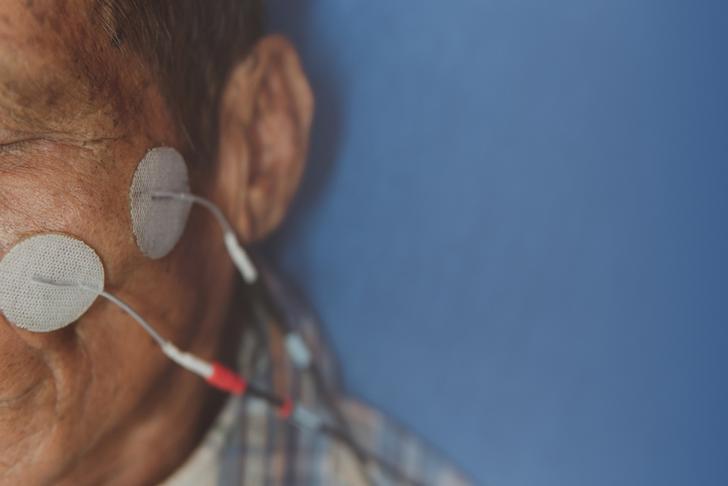
Advertisement
Uvulopalatopharyngoplasty (UPPP)
UPPP is a surgical procedure that removes excess tissue from the throat to widen the airway and reduce the occurrence of sleep apnea. It is typically considered for individuals who have not found relief with other treatments[[5]].
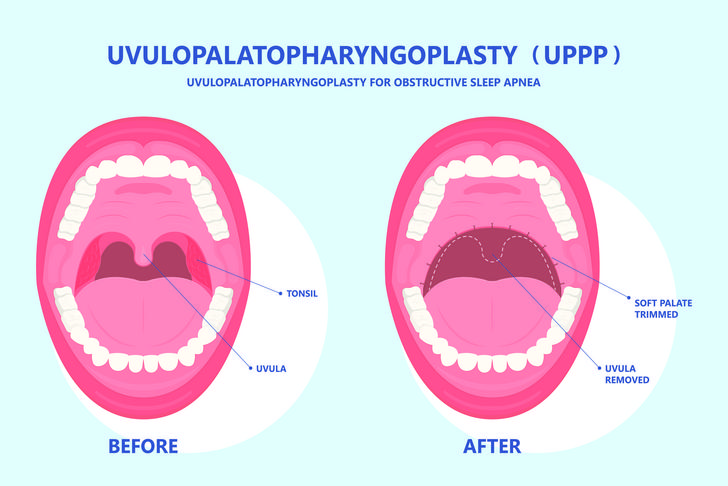
Advertisement
Maxillomandibular Advancement (MMA)
MMA is a surgical procedure that repositions the upper and lower jaw to increase the size of the airway. This can help reduce the severity of sleep apnea in some individuals[[5]].
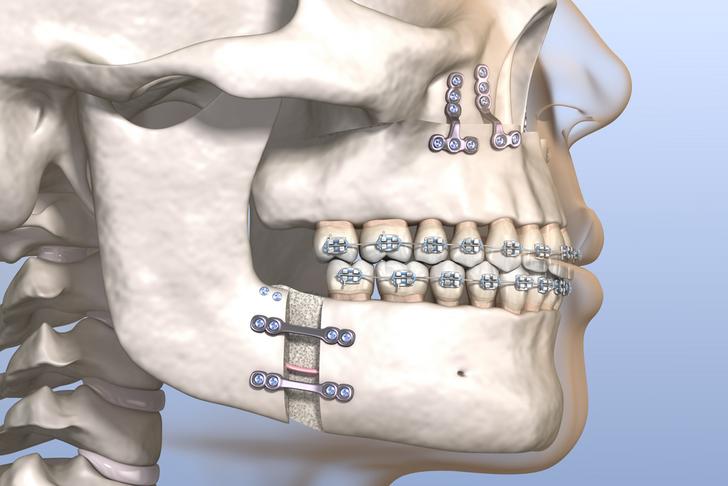
Advertisement
Symptoms of Sleep Apnea
Sleep apnea is a serious sleep disorder characterized by interrupted breathing during sleep. Common symptoms of sleep apnea include:
- Loud Snoring: This may be so loud that it disrupts the sleep of others. Note that not everyone who snores has sleep apnea.
- Episodes of Breathing Cessation: This is often reported by another person observing the individual during sleep.
- Gasping for Air during Sleep: This is a common occurrence as the person tries to breathe again after a pause.
- Awakening with a Dry Mouth or Sore Throat: This can result from breathing through the mouth due to obstructed nasal airways.
- Morning Headache: Lack of oxygen during the night can lead to headaches upon waking.
- Difficulty Staying Asleep (Insomnia): Sleep may be disturbed by the effort to breathe.
- Excessive Daytime Sleepiness (Hypersomnia): The interrupted sleep at night can lead to excessive sleepiness during the day.
- Difficulty Paying Attention while Awake: Lack of quality sleep can affect cognitive function.
Advertisement
Causes of Sleep Apnea
Sleep apnea is usually caused by something obstructing the airway or by a brain signal failure. Here are the two primary types:
- Obstructive Sleep Apnea: This is the more common form and it occurs when throat muscles relax and block the airway during sleep. Factors contributing to this include being overweight, having a thick neck, or having a narrow airway.
- Central Sleep Apnea: This occurs when the brain doesn’t send proper signals to the muscles that control breathing. It can be caused by conditions such as heart failure, stroke, or use of certain medications like opioids.
Advertisement
Conclusion
Sleep apnea is a serious condition that can severely impact an individual’s quality of life and overall health. The disorder is characterized by symptoms such as loud snoring, episodes of breathing cessation, gasping for air during sleep, morning headaches, and excessive daytime sleepiness. It is primarily caused by obstruction of the airway or failure of the brain to signal breathing muscles. Recognizing these symptoms and causes is crucial for seeking appropriate treatment. With several treatment options available, working closely with a healthcare professional to devise a suitable treatment plan can significantly improve sleep quality and overall health for those affected by sleep apnea.
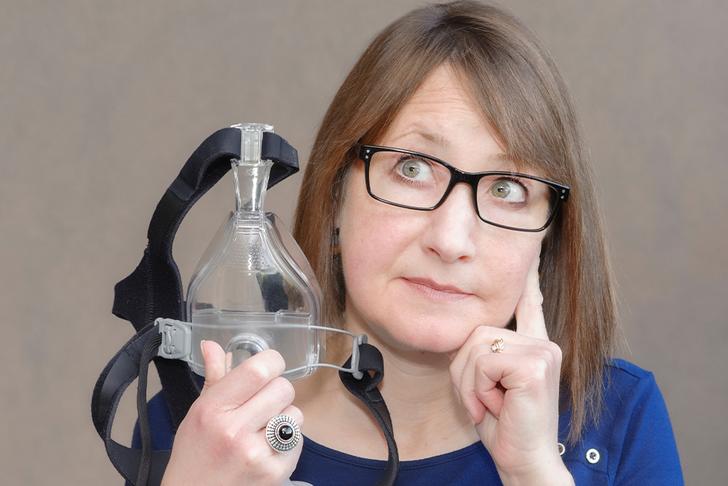
Advertisement




